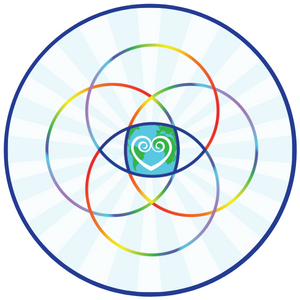

Planet and People Connection

Planet and People Connection
Study Reveals Contaminants in US Drinking Water
A recent study by Consumer Reports and the Guardian has revealed disturbing findings about the state of America’s drinking water system. A sample of 118 water systems representing systems of various sizes across 37 states were tested by consumer volunteers. Each of the samples revealed measurable amounts of arsenic, lead, and PFAS (per- and polyfluoroalkyl substances). The problem is not the technology used to avoid and filter out these harmful chemicals, but the lack of uniformity in the use of the technology and testing of the water systems, especially in poorer and rural communities.
Arsenic above levels recommended by the Natural Resources Defense Council was found in 8% of the samples. Even low-level exposure to arsenic has long-term health risks and it has been linked to cancer and lower IQ in children.
Lead in drinking water became a national concern following the 2015 discovery of high levels of lead in the water of Flint, Michigan. In the study, 10% of the samples showed lead at levels that exceeded Environmental Protection Agency (EPA) limits, although health experts believe that any lead in the water is unsafe. Exposure to lead poses the risk of lower IQ and behavioral issues, especially in children.
PFAS is a group of compounds found in hundreds of common products that are considered “forever chemicals” as they do not easily break down when released into the environment. The Centers for Disease Control and Prevention reports that most Americans have trace amounts of PFAS in their blood. The EPA has not set an enforceable legal limit for PFAS in drinking water. The health impacts of PFAS exposure are still under investigation. However, PFAS have probable links to learning delays in children and several chronic conditions including high cholesterol, ulcerative colitis, thyroid disease, pregnancy-induced hypertension, and testicular and kidney cancers.
While the Trump administration implemented last-minute changes to lead regulation, much more legislative, regulatory, and infrastructure work needs to be done to reach the goal of access to safe drinking water for all Americans, in the view of environmental groups and scientists.
REFERENCES
Felton, R., Gill, L., & Kendall, L. (2021, March 31). How safe is our drinking water? Consumer Reports. https://www.consumerreports.org/water-quality/how-safe-is-our-drinking-water-a0101771201


 By
By



